We were discussing negative feedback in op-amps with my community college instructor. I tried to learn ahead about the concept of parasitic oscillations in feedback circuits. I wrote a summary of what I learned, but my instructor said (very respectfully) that it looks to them like the wrong understanding. They were not exactly sure what is the right way to explain parasitic oscillation, but they said they'll get back to me on that.
I wonder if my summary is correct in general, and if it is are there points that are either not exactly right or could be improved upon?
Thus what looks like a negative feedback circuit may begin to oscillate spontaneously, if there exists a frequency (and there usually does) high enough to undergo a 360 degree phase shift at the hand of the capacitative properties of the circuit's transistors, such that a chance distortion in voltage beyond the steady state, instead of ebbing back into the DC steady state, converts into a high frequency signal, that goes in a loop and feeds on itself (while possibly getting stronger at each turn in drawing power from the amplifying stages on its path). What, in particular, makes such an oscillation sustainable is that at each cycle the voltage coming back to the input is not smaller than the voltage which had left it, such that the next cycle is not weaker than the previous one (and possibly stronger if, at the end of the cycle, after undergoing a 360 degree shift and returning to the input, the return voltage is greater than the input voltage at the beginning of the cycle of which it had originated).
Moreover, notice that since the amplifier already produces a 180 degree phase shift between its input and output, the required phase shift beyond that which is already "built-in" is only an additional 180 degrees. Thus frequencies that in passing through the capacitive properties of the amplifier's transistors would be shifted by an additional 180 degrees could spontaneously manifest as uninvited parasitic oscillations on top of the amplifier's DC state.
